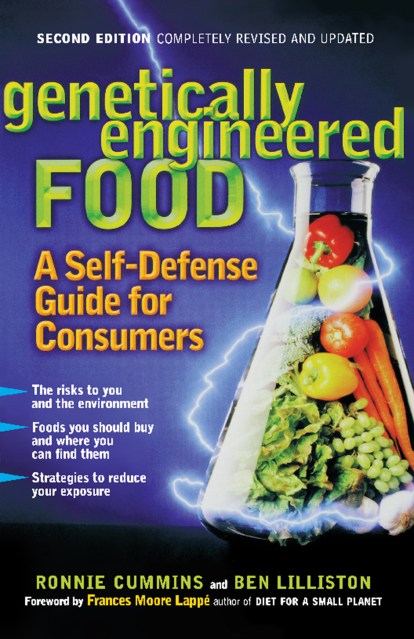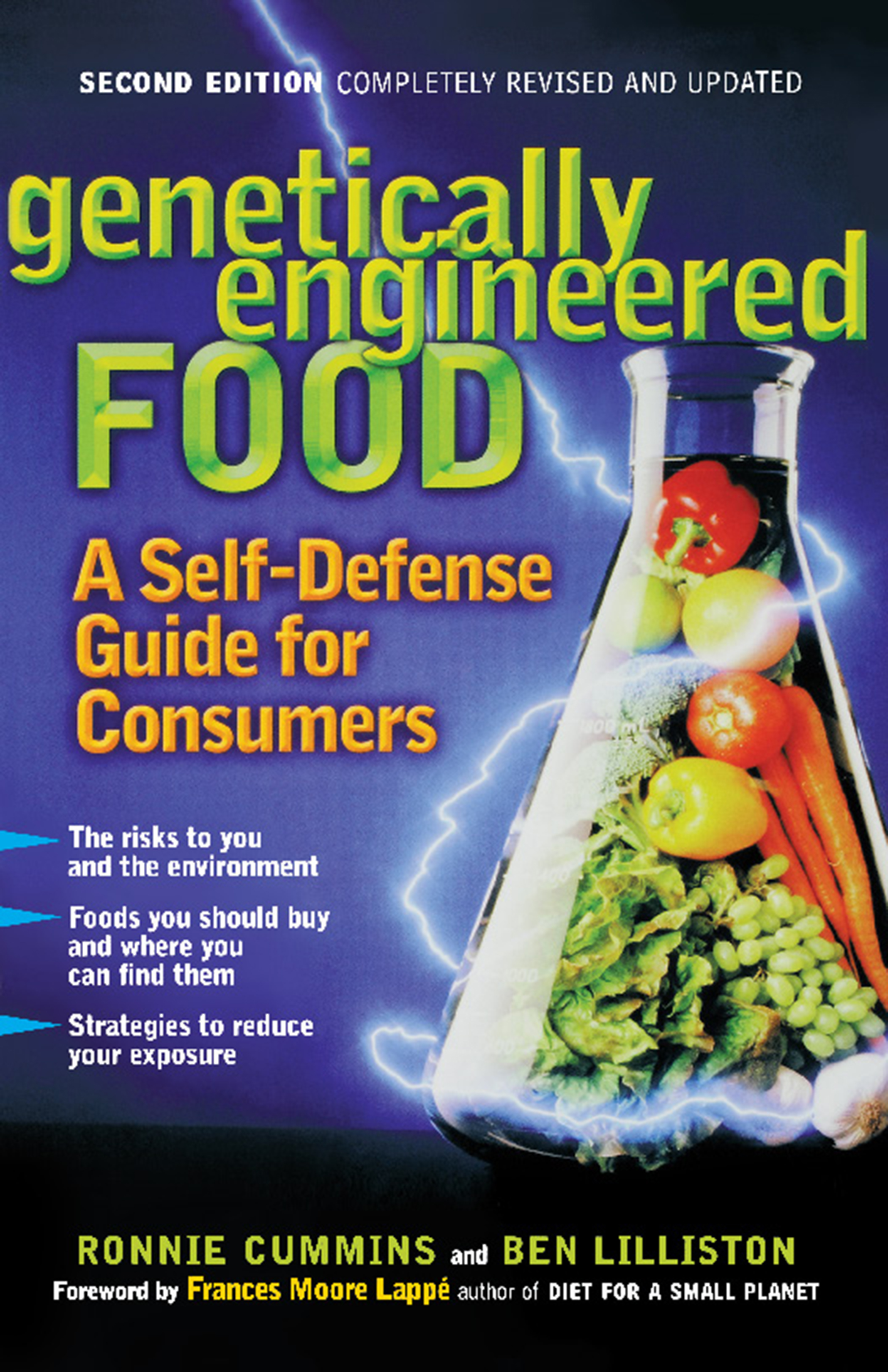By clicking “Accept,” you agree to the use of cookies and similar technologies on your device as set forth in our Cookie Policy and our Privacy Policy. Please note that certain cookies are essential for this website to function properly and do not require user consent to be deployed.
Genetically Engineered Food
A Self-Defense Guide for Consumers
Contributors
By Ben Lilliston
Foreword by Frances Moore Lappe
Formats and Prices
Price
$10.99Price
$13.99 CADFormat
Format:
- ebook $10.99 $13.99 CAD
- Trade Paperback $19.99 $25.99 CAD
This item is a preorder. Your payment method will be charged immediately, and the product is expected to ship on or around April 27, 2009. This date is subject to change due to shipping delays beyond our control.
Also available from:
Stormy debates about genetically engineered (GE) food have raged throughout the world in recent years, and the issue is now more potent than ever. Seventy to eighty percent of processed foods now sold in supermarkets contain genetically engineered ingredients, and the trend is growing at a startling rate. This second, completely revised edition of Genetically Engineered Food is an all-in-one guide written specifically to help consumers educate themselves about the risks posed by GE foods. Ronnie Cummins and Ben Lilliston, both leading consumer advocates, provide comprehensive, up-to-the-minute, action-inspiring information, including how to identify GE foods, products to avoid, brands that are GE-free, and how to shop and act with a purpose. They discuss all of the ethical, environmental, and health arguments against GE food, how these foods are being regulated in the United States and abroad, and why consumers are right to oppose them. Genetically Engineered Foods is the first and still one of the few consumer-oriented guides addressing this important subject.
- On Sale
- Apr 27, 2009
- Page Count
- 400 pages
- Publisher
- Da Capo Lifelong Books
- ISBN-13
- 9780786740413
Newsletter Signup
By clicking ‘Sign Up,’ I acknowledge that I have read and agree to Hachette Book Group’s Privacy Policy and Terms of Use







